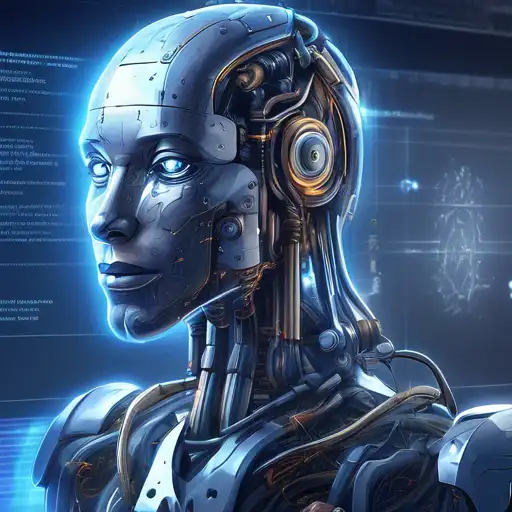Introduction to AI Myths
Artificial Intelligence (AI) is a rapidly evolving field that has captured the imagination of many. However, with its growth, numerous myths and misconceptions have surfaced, especially among beginners. This article aims to debunk some of the most common AI myths, providing clarity and a solid foundation for those new to the subject.
Myth 1: AI Can Think and Feel Like Humans
One of the most pervasive myths is that AI possesses consciousness or emotions akin to humans. In reality, AI operates based on algorithms and data inputs. It can simulate certain aspects of human thought processes but lacks self-awareness or genuine emotions.
Myth 2: AI Will Replace All Human Jobs
While AI is transforming the job market, the idea that it will replace all human jobs is an exaggeration. AI is more likely to automate repetitive tasks, allowing humans to focus on creative and strategic roles. The future of work is about collaboration between humans and AI, not replacement.
Myth 3: AI Is Infallible
Another common misconception is that AI is always accurate and unbiased. However, AI systems are only as good as the data they're trained on. Poor or biased data can lead to flawed outcomes, highlighting the importance of human oversight in AI development.
Myth 4: AI Development Is Only for Tech Geniuses
Many beginners believe that AI development is inaccessible to those without advanced technical skills. While AI does involve complex concepts, there are now more resources and tools available than ever to help beginners get started in the field.
Conclusion
Understanding the realities behind these AI myths is crucial for anyone looking to explore the field. By debunking these misconceptions, beginners can approach AI with a more informed and realistic perspective, paving the way for meaningful learning and innovation.
For those interested in diving deeper into AI, consider exploring our tech education section for more resources and guides.
